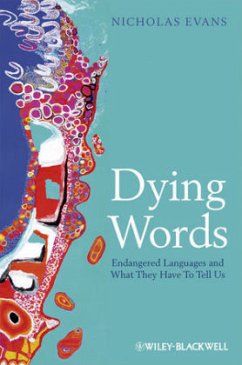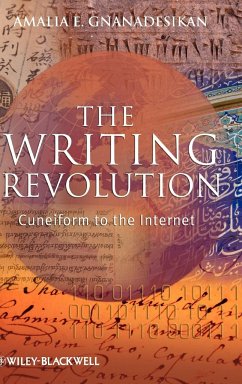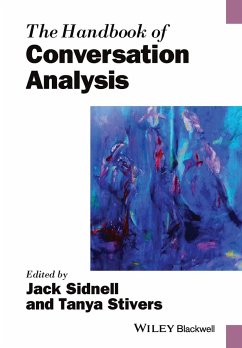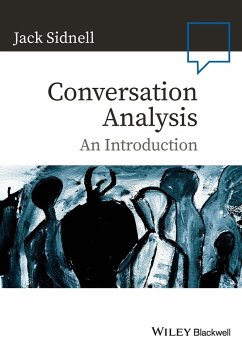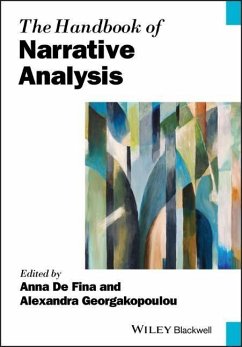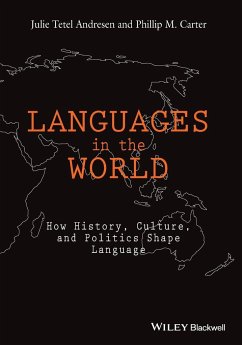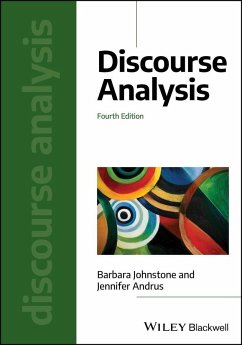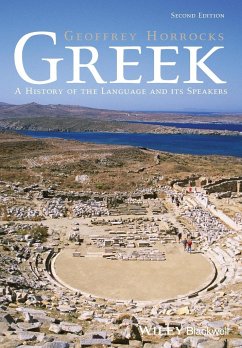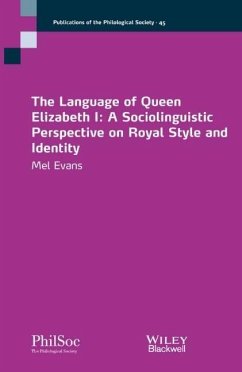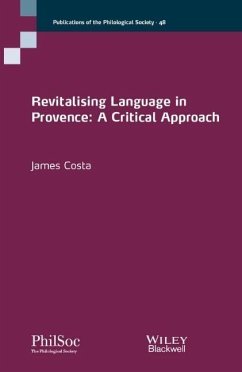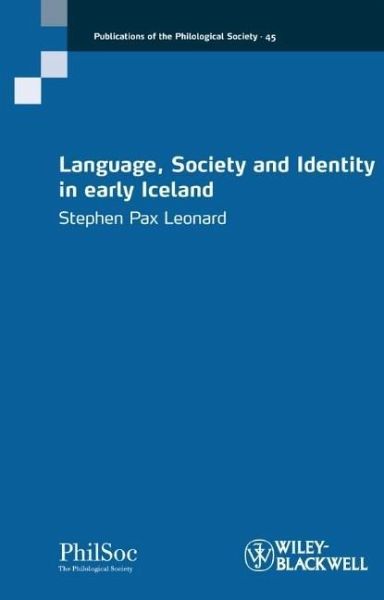
Language, Society and Identity in Early Iceland
Versandkostenfrei!
Versandfertig in über 4 Wochen
38,99 €
inkl. MwSt.

PAYBACK Punkte
19 °P sammeln!
Language, Society and Identity in early Iceland offers a much-needed exploration into the problem of linguistic and social identity construction in early Iceland, and is a fascinating account of an under examined historical-linguistic story that will spur further research and discussion amongst researchers.Engages with recent theoretical research on dialect formation and language isolationMakes a significant contribution to our understanding of dialect development, putting forward a persuasive hypothesis accounting for the lack of dialect variation in IcelandicUses a unique, multi-disciplinary...
Language, Society and Identity in early Iceland offers a much-needed exploration into the problem of linguistic and social identity construction in early Iceland, and is a fascinating account of an under examined historical-linguistic story that will spur further research and discussion amongst researchers.
Engages with recent theoretical research on dialect formation and language isolation
Makes a significant contribution to our understanding of dialect development, putting forward a persuasive hypothesis accounting for the lack of dialect variation in Icelandic
Uses a unique, multi-disciplinary approach that brings together material from a wide range of fields for a comprehensive examination of the role of language in identity construction
Opens up opportunities for further research, especially for those concerned with language and identity in Iceland today, where there is for the first time sociolinguistic variation
Engages with recent theoretical research on dialect formation and language isolation
Makes a significant contribution to our understanding of dialect development, putting forward a persuasive hypothesis accounting for the lack of dialect variation in Icelandic
Uses a unique, multi-disciplinary approach that brings together material from a wide range of fields for a comprehensive examination of the role of language in identity construction
Opens up opportunities for further research, especially for those concerned with language and identity in Iceland today, where there is for the first time sociolinguistic variation



